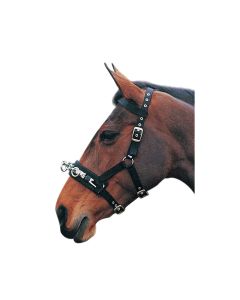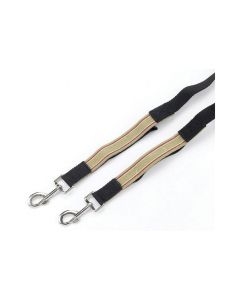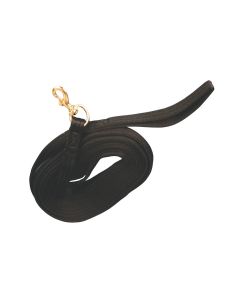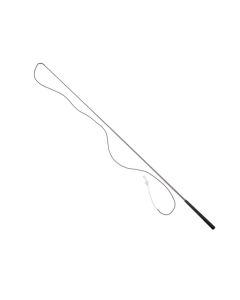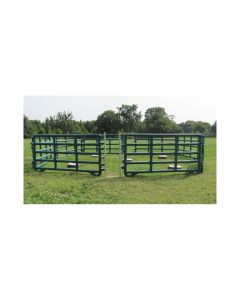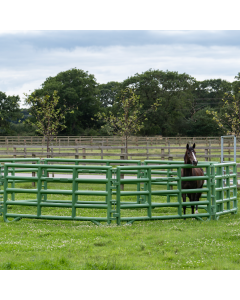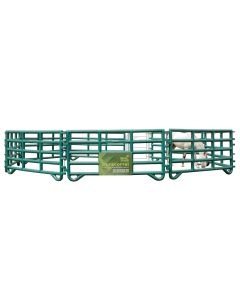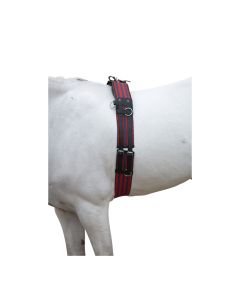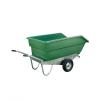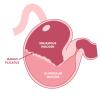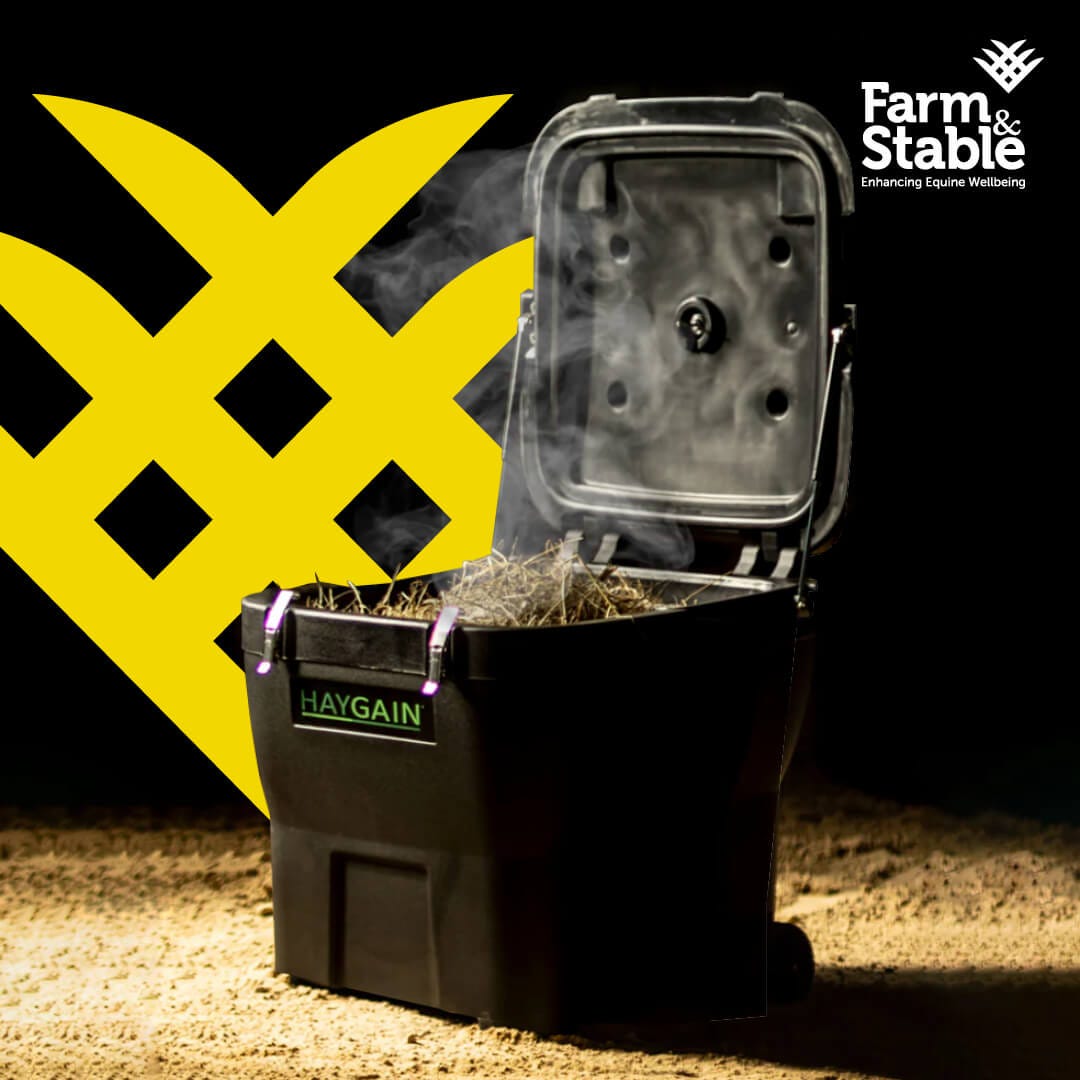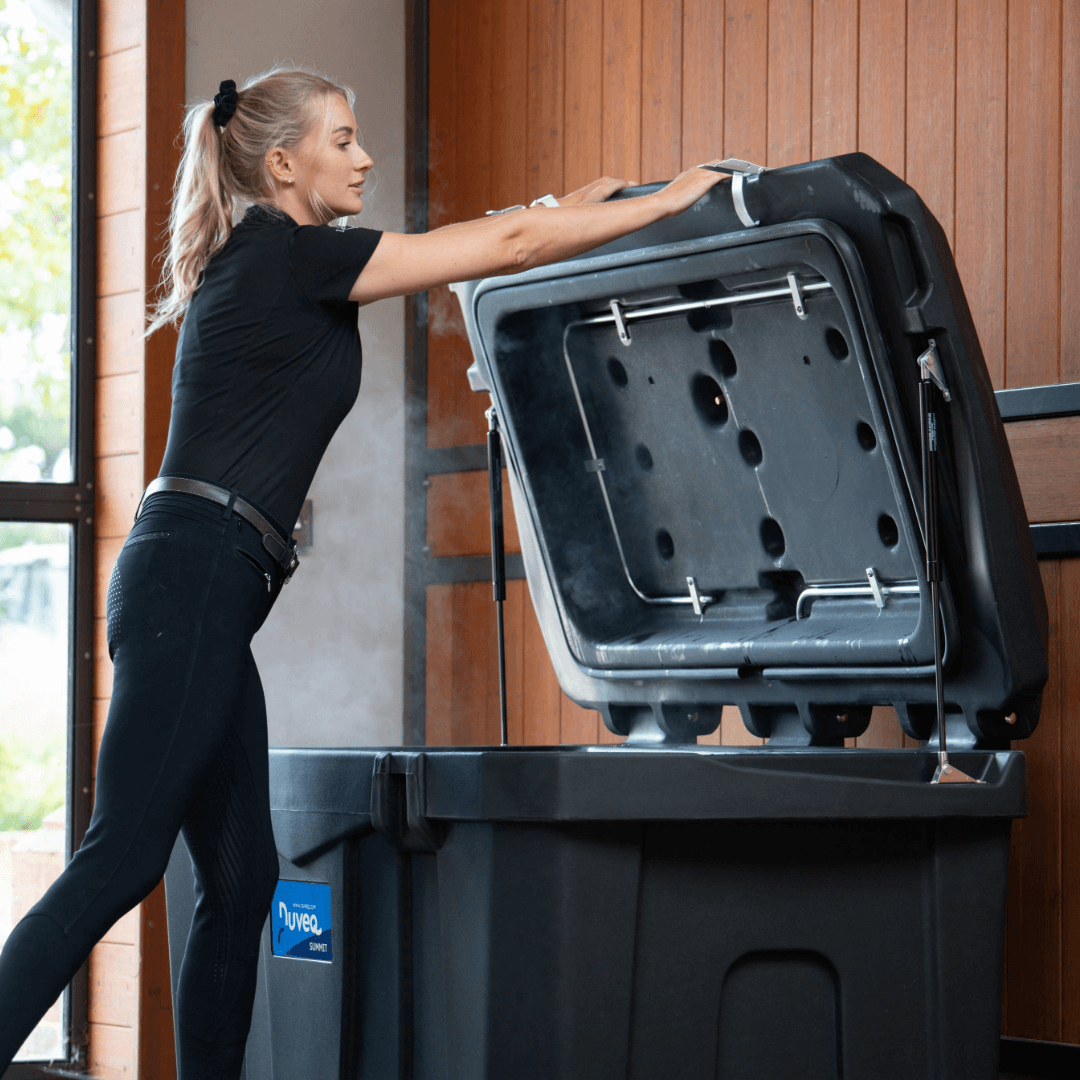Lunging: An underrated element of training

There are many reasons why lunging should be deliberately incorporated into a horse’s training regime, and not only saved for rainy days or when you are pushed for time.
Lunging can be used as an excellent tool to develop balance, rhythm, and to improve your horse's gaits.
For young or exuberant horses, lunging can be a useful pre-curser to ridden work as it can help remove any excess fizz in the energetic equine. It is also an excellent way to build a rapport with your horse. Particularly beneficial for young horses, lunging will teach the horse to understand voice aids. Teaching a horse to listen to commands lays the foundations for ridden work.
For more established horses, lunging can increase suppleness by encouraging the horse to work from behind to power forwards. Lunging equipment can be used to help the horse work round into a loose outline. This will engage the hind quarters, meaning the horse will transfer more energy to the front end, which in turn creates more lift through the back. By working over his back, bringing his hind legs underneath him, a more ‘up-hill’ movement will be created.
Lunging also allows you to assess your horse without the need for an extra pair of eyes on the ground. This means you can evaluate the evenness of their paces and their muscle tone. It also provides an opportunity to spot any subtle lameness and gives a chance to check that tack is fitting correctly and is sitting in the right places.
Working on a relatively small circle is hard work for your horse, particularly young horses, which is why lunging is sometimes viewed as a method of training when time is short. Usually 20-30 minutes is enough time for lunging.
Lunging in a circle is great way to encourage flexion and gives you a chance to work through correct transitions. If you have a horse that is weak on one side and struggles transitioning with the correct lead, using the bend of the circle can really be used to your advantage. Note that while this technique can be used to improve strength on a particular side, the horse should always be exercised on both reins.
All of these strength and mobility benefits contribute towards improvements in ridden work and why lunging should not be an overlooked element of training.
What equipment do I need?
The basic tools for lunging include: a cavesson or bridle, a lunge line, and a lunge whip. However, there is additional equipment that can be used to help make the most of the exercise. It comes down to personal preference, but equipment such as side reins, roller, saddle, and pessoa can all be used to challenge fitness, engage the hind quarters and help your horse to seek self-carriage.
The Duracorral Lunge Ring is also excellent for lunging as it has no sharp edges or corners and is incredibly light wight and easy to set up. Having this lunge ring is ideal for when the school is in use with other riders.
For the person lunging the horse, the advice is to still wear a riding hat and sensible footwear. Riding gloves are also useful for holding the lunge line.
We hope this information helps, happy lunging!
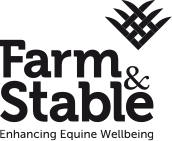

 Forgotten your password?
Forgotten your password?  Free Delivery on all orders over £95+VAT
Free Delivery on all orders over £95+VAT

